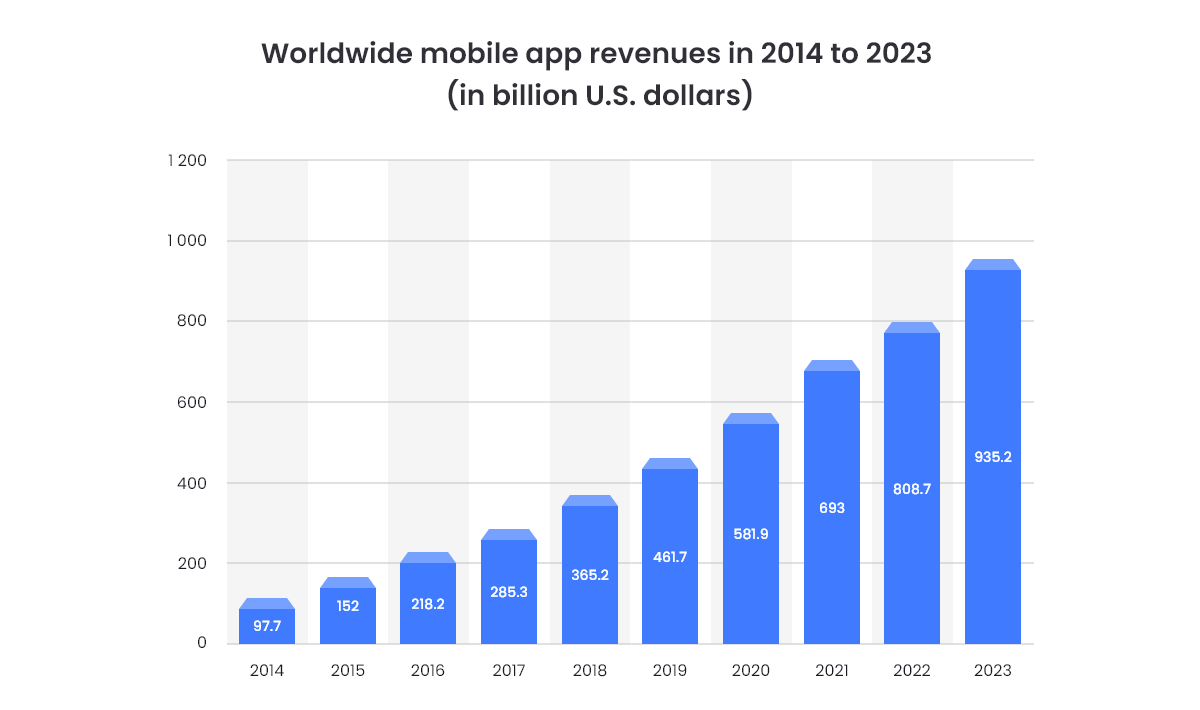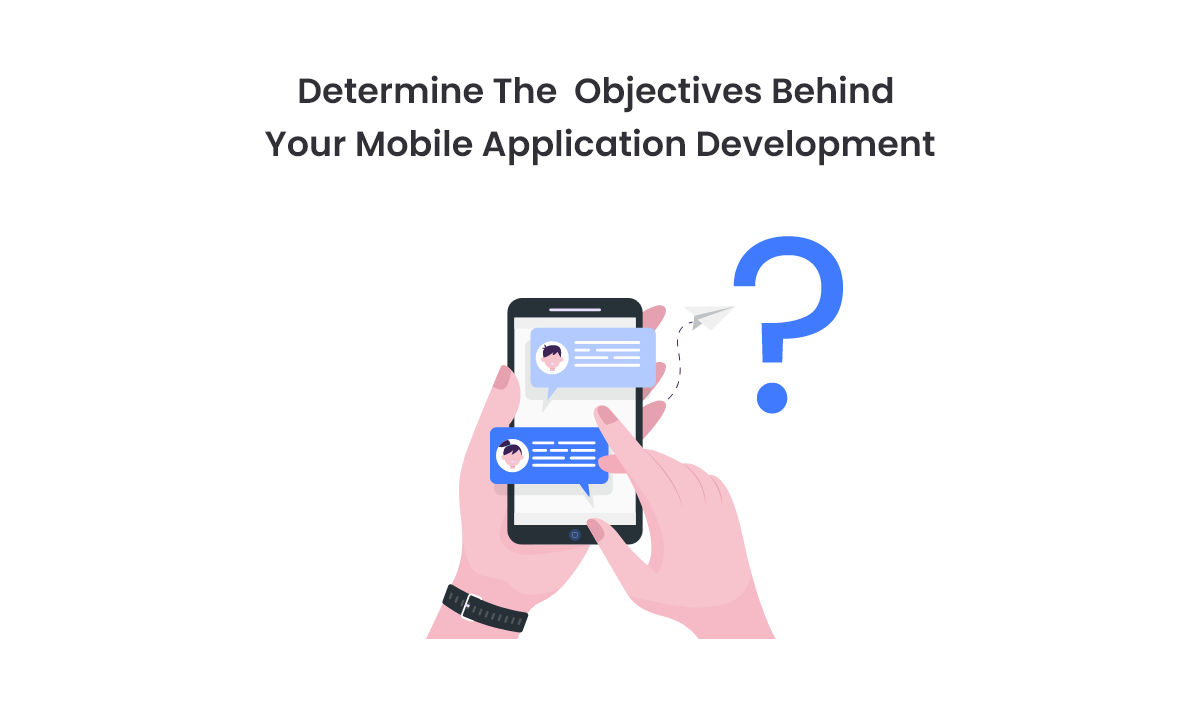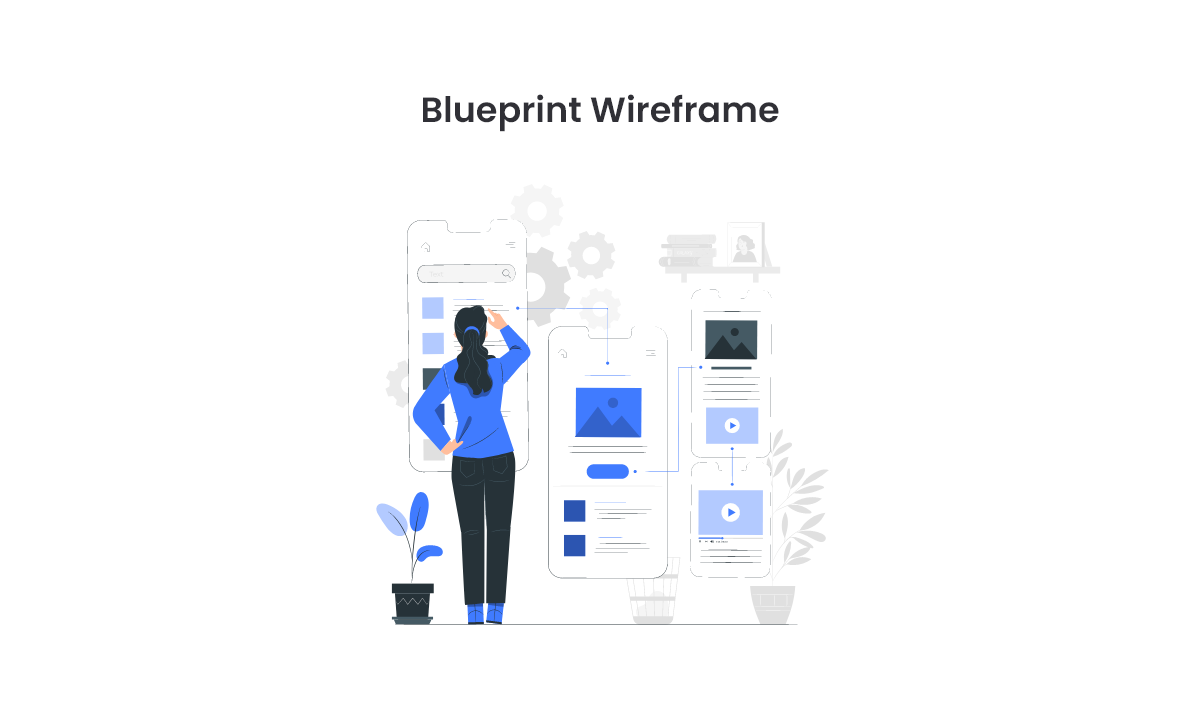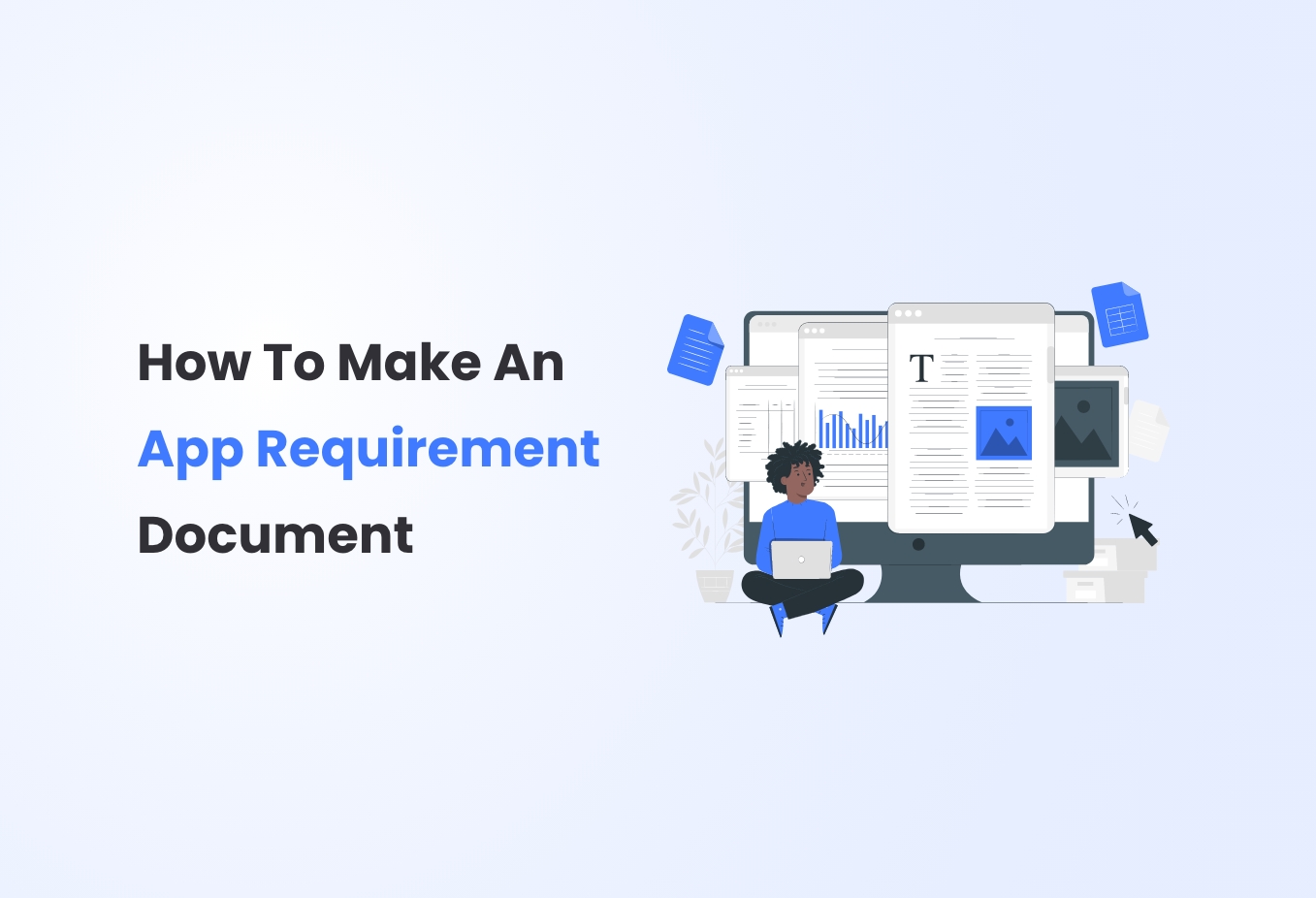From concept to full-scale development, the detailed vision is critical to making the app the next great success. The app development will be outsourced, or the stakeholders will fundraise. But it isn’t easy to communicate the unique app concept to the development firm without a written product requirements document (PRD).
It should be no surprise that you can get the developers to build the app or persuade the stakeholders to invest with a verbal description of the idea. Nevertheless, the final result will never be the same as you imagined. Finally, time, money, and effort will be squandered since little information is given during the app concept description.
Clear, concise, and accurate app concept documentation may help prevent such misunderstandings and outcomes. In addition, you may be aware of the importance of creating a one-of-a-kind app in today’s world. That’s because, according to app use statistics from Web Builder Org, there were more than 250 million daily app downloads between 2019 and 2020. As such, there is both high demand and a high level of competitiveness.

What Exactly is a Product Requirement Document?
The product requirement documentation is a critical component of the app development process. And that’s because it specifies the features, functions, and requirements for each development phase. It’s a set of guidelines for developers and designers to follow to execute things consistently. The comprehensive picture of the eventual product assists in determining the time, money, and resources required. Also, it’s important to establish effective communication throughout the project and to avoid possible risks.
Documentation is a continuous process that iterates as the project progresses rather than a one-time action. It’s a great method to demonstrate a solution to any issue while never causing the team to make erroneous assumptions.
Why Should You Create a Product Requirement Document?
You’ll need a team of developers to convert your concept into a shippable mobile app. Finding the right team isn’t the difficult part. The difficult aspect is presenting your mobile app idea to developers so that they see it in the same way you do. Furthermore, according to Boehm’s study, rework may cost between 40% and 50% of the overall cost of all software development. And requirements mistakes account for a large portion of rework. A PRD can avoid such mistakes to a greater extent.
Producing a mobile application product requirements document enables you to ease communication with other stakeholders. Don’t be afraid to spend time in product requirements engineering since the potential return is obvious.
Other reasons to write a PRD are as follows:
-
- Increase your own self-assurance.
-
- Check that the finished app satisfies your quality standards.
-
- Limit scope creeps.
-
- Spend less money.
-
- Make your thoughts known to developers.
-
- Rapid development and delivery are available.
What are the Product Requirement Document’s Key Points?
Goals and objectives
The product you want to build, the issue it will address, the fundamental features that will solve significant difficulties, and the individual who will gain the most from the product, in general, are all described in this part. It is just a concise and high-level explanation of the application’s concept that provides the development team with a thorough knowledge of the product.

Personas for Users
The developers may design the product through the eyes of the intended consumers. And this reduces the chance of the app rejected by the target user base. It is beneficial to explain the target audience and how the mobile application will meet their requirements.
Functional requirements
Every product requirement document’s core contains a list of all the features included in the product. The comprehensive description contains a map of all the functions distributed over several screens. It also has a priority system that keeps developers and businesses on the same page. It’s also essential to describe the initial set of features and the features that need introducing soon. And this is because it enables product scalability and the replacement of the specified features is a breeze.
User stories
User stories are high-level interactions between end-users and the product that should be depicted to provide developers with an understanding of the technical requirements and help them build a compelling business case. Can you see how? User stories provide mobile app developers with a description of a feature from the viewpoint of the end-user. Therefore, this aids in the creation of the finest content architecture and design. Excellent interface design and user experience may be created.
Sitemap
This document component illustrates a complete list of all the screens that will include different functions. Also, it illustrates the screen flow that will facilitate navigation. The sitemap assists in properly mapping all of the screens. And this is necessary to ensure that the hierarchy between related pages never makes the connection between mobile app screens unclear. Finding superfluous components and user problems becomes a breeze when developing the product’s systematic structure.
Technical specifications
The developers will better understand the technical knowledge needed by the project thanks to the clear description of the technology and technical elements underlying the product being produced and its capabilities. When describing the technical specs of the product, try to be as concise as possible. However, if you are uncertain about complicated technological issues, developers can assist you. So be open to developers’ ideas and criticism.
Wireframes
Another approach to graphically define the app’s product needs is to create wireframes. The wireframes are an additional tool that informs developers on:
1) How will the screens be linked?
2) What and how will features go in?
3) The app’s behavior when a new screen is accessed and its effect on the user experience.
It provides a clear picture of the app’s UI, allowing for wireframes by hand.

Maintain presumptions
All of the expectations for the product’s success need establishing under the assumptions. They are defined in terms of the market niche’s knowledge, expertise, and experience and the target users’ knowledge, expertise, and experience. Presumptions primarily comprise assumptions about users, business, and technological resources.
Provide constraints
Trends change quickly. Therefore, it may be detrimental to the app if you fail to release an app with critical functionality in the market at the appropriate time. You must guarantee that the app does not miss a major hit. Thus, it’s necessary to establish time, resource, and budget limitations to ensure that the app is developed within the scope and budget specified within the given timeframe. Furthermore, the quality criteria and risk considerations may help the development team deal with problems appropriately.
Considerations for Your Product Requirements Document
You must keep some critical factors in mind while creating your product requirements document. To begin, it is critical to draw on the diverse experiences and perspectives of different team members. Collecting this information will aid in the development of detailed definitions for the various parts of the PRD template.
Second, when you fill out the PRD form, make your answers and definitions for each defined area as high-level as possible. While particular criteria may seem apparent to you, others reading the paper may have a completely different viewpoint. By removing industry-specific terminology, the paper will be easier to comprehend for everyone. As the product develops and needs change, it is critical to ensure that everyone understands what you convey.
Treinetic Can Help You to Make Your App Concept a Reality
Creating a mobile app requirements document’s ultimate aim is to provide the groundwork for a successful product. Make sure you map out every business and technical need. Also, explain all dependencies, restrictions, and assumptions to give your team the firepower it needs to get your project off the ground. Even with the most comprehensive product requirements document, questions are likely to arise throughout development.
It is critical to constantly concentrate on providing better value to the marketplace while defining the product. It’s easy to get sidetracked by rivals, agitated consumers, and architectural problems. While you must understand those requirements, try to keep the value in mind while developing a fantastic product. Don’t be concerned if these theories seem to be too complex for you. We can help you with all critical steps as an award-winning software engineering firm.

